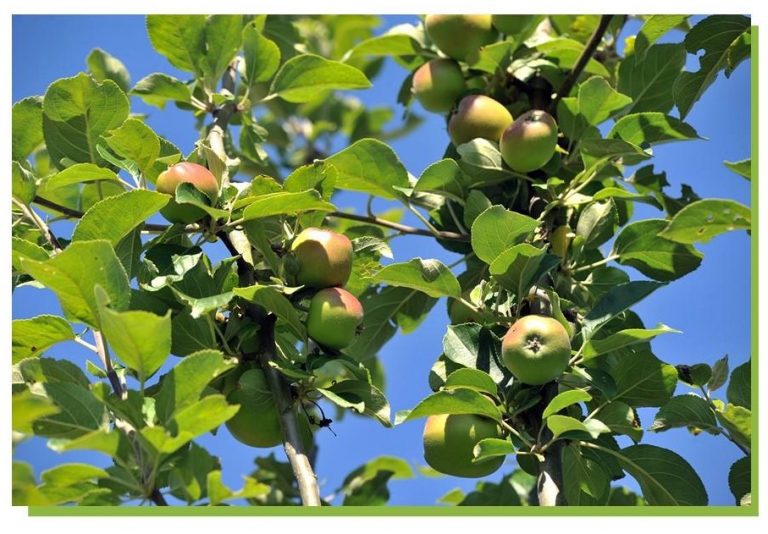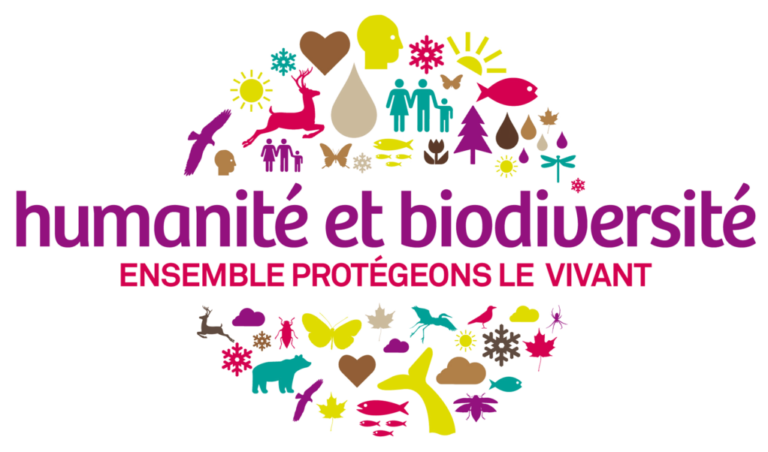Biodiversity as a vector for our projects
Every stage of our projects, from design to development, takes biodiversity into account and assesses its impact. ECT creates undeveloped projects with permeable, functional soils. As a result, we are able to program the creation of a variety of environments: woodlands, meadows, wetlands, specific habitats, adapted to the site and its environment, depending on the future use of the site. Our projects help preserve and restore ecosystems and ecological corridors.
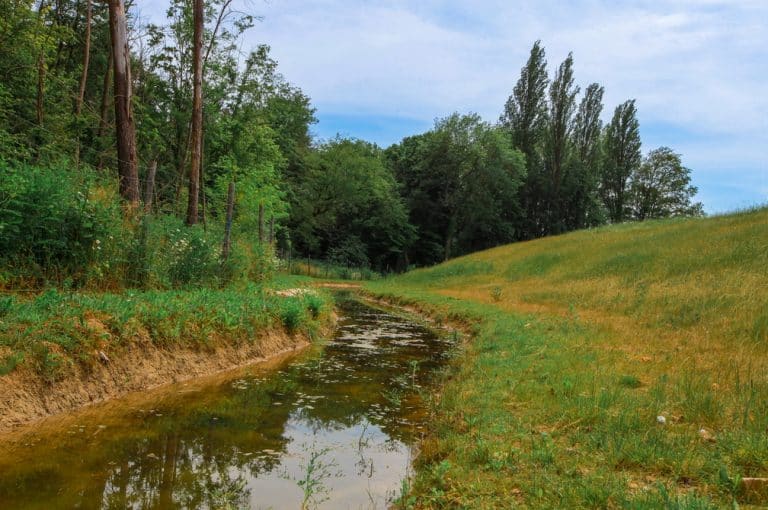
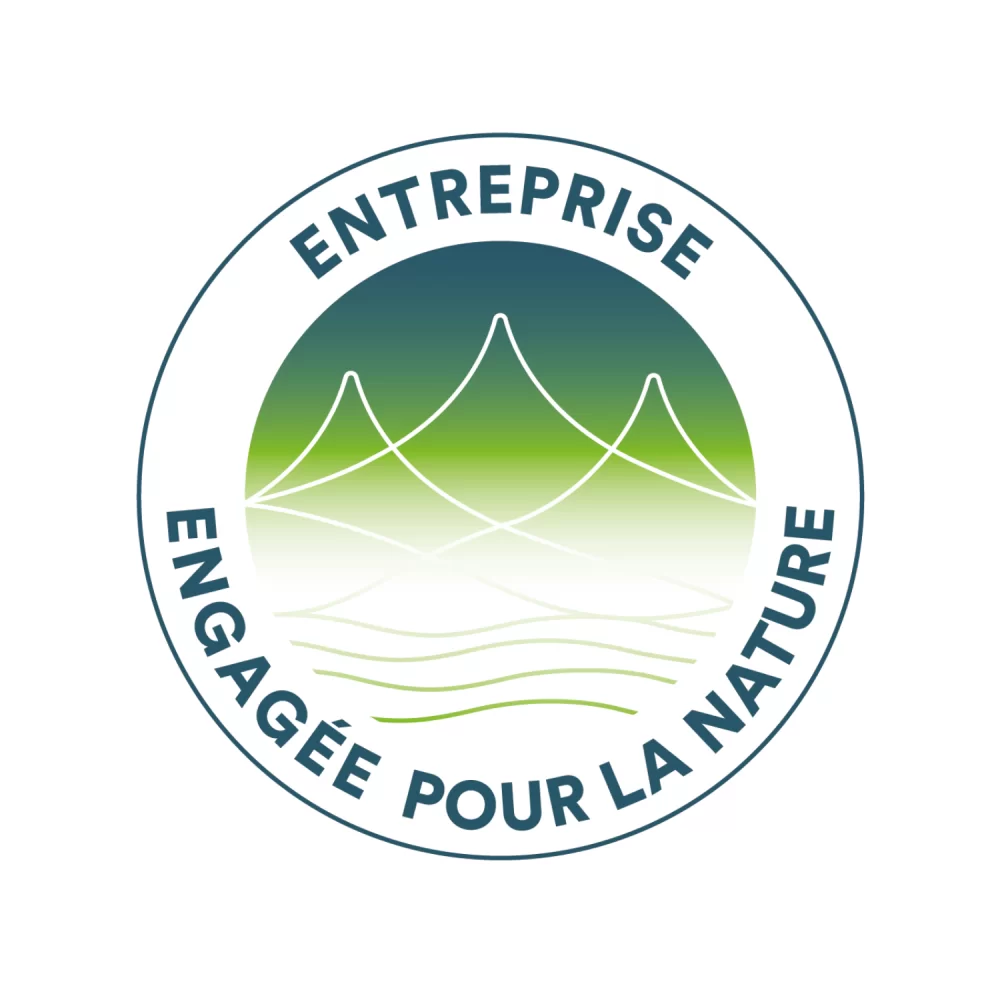
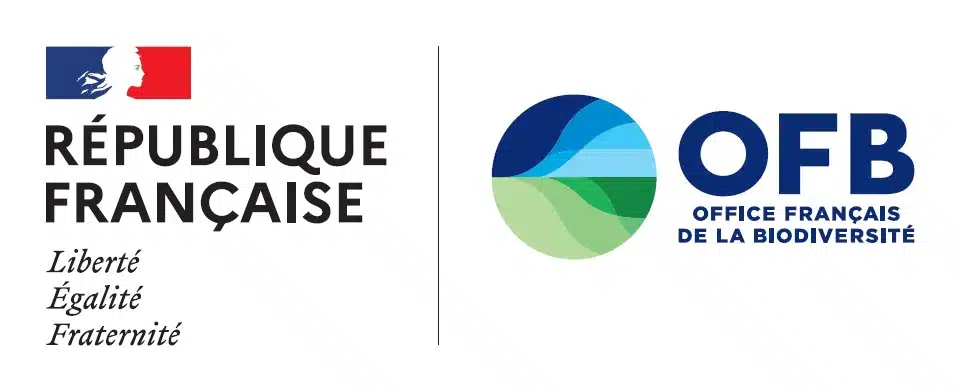
ECT, a company committed to Nature
In partnership with the Humanité et Biodiversité association, ECT has made a commitment to theFrench Office for Biodiversity as a Company Committed to Nature. This approach federates and energizes our commitments in favor of biodiversity, on 4 major themes for its preservation and restoration.
- Combating soil erosion (permeability, drainage, hydraulic management)
- Controlling invasive alien plant species
- Assessing the quality of our restoration projects
- Passing on good ecological management practices to the future site manager
- Raising employee awareness through operational training
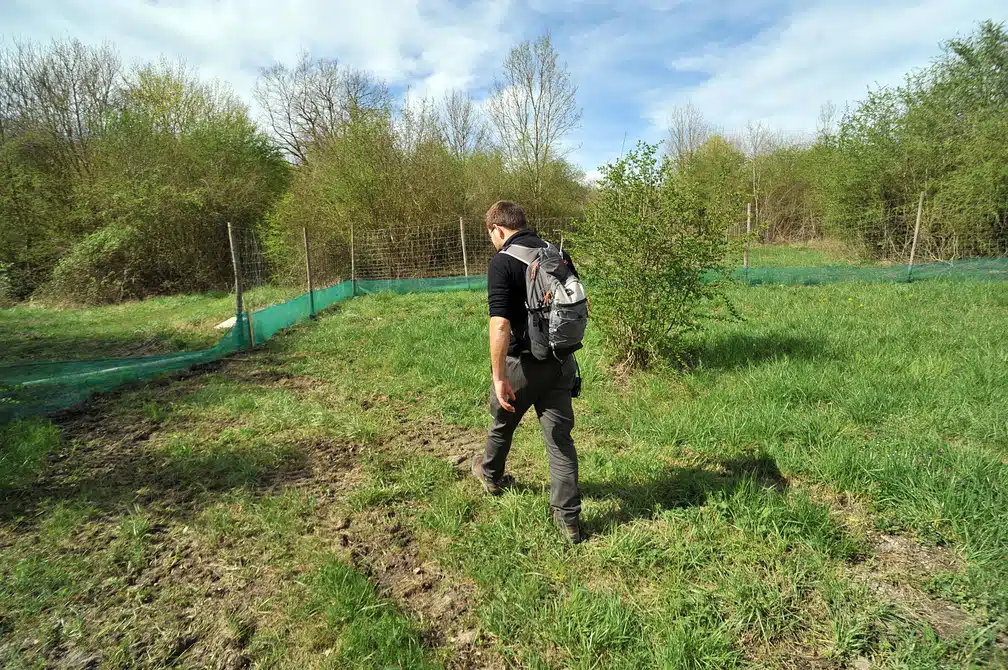
Evaluating our impact, reducing our biodiversity footprint
ECT projects have an impact on their environment. Our ambition is to add a strategy of positive contribution to biodiversity to the Avoid-Reduce-Compensate sequence. This contribution must be greater than the disturbance aspects of the initial environment (even if degraded) induced by inert soil inputs.
Our projects have a rehabilitation capacity. They can be a lever for the positive transformation of the site through the creation of new uses and new environmental functions. Project design includes, in direct collaboration with ecologists integrated into the project team :
- the (re)creation of different environments, reinforcing green belts
- specific protection for certain species
- the creation of specific habitats for small fauna, particularly during the construction phase of the project
- full traceability of excavated soil to verify its inert nature
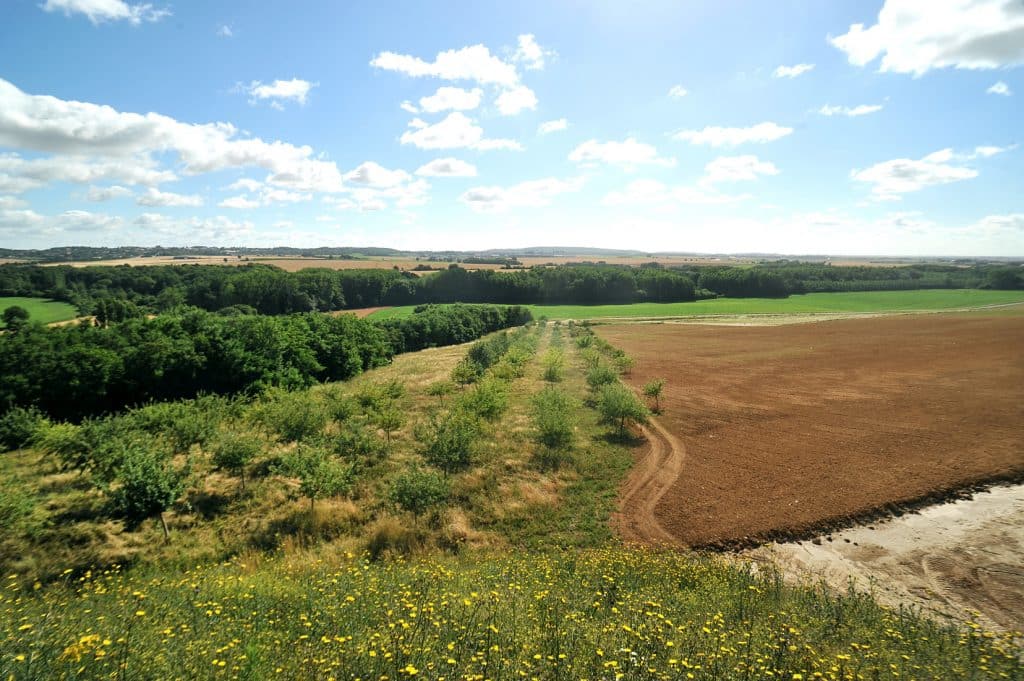
Diversifying ecological environments
In harmony with their environment, ECT’s projects help to recreate diversified natural environments: wetlands, meadows, steppes and forests, while optimizing rainwater management. These areas promote biodiversity, restore ecosystems and meet climate challenges through stratified woodlands, habitat-rich meadows and wetlands. They also aim to reinforce local green and blue networks.
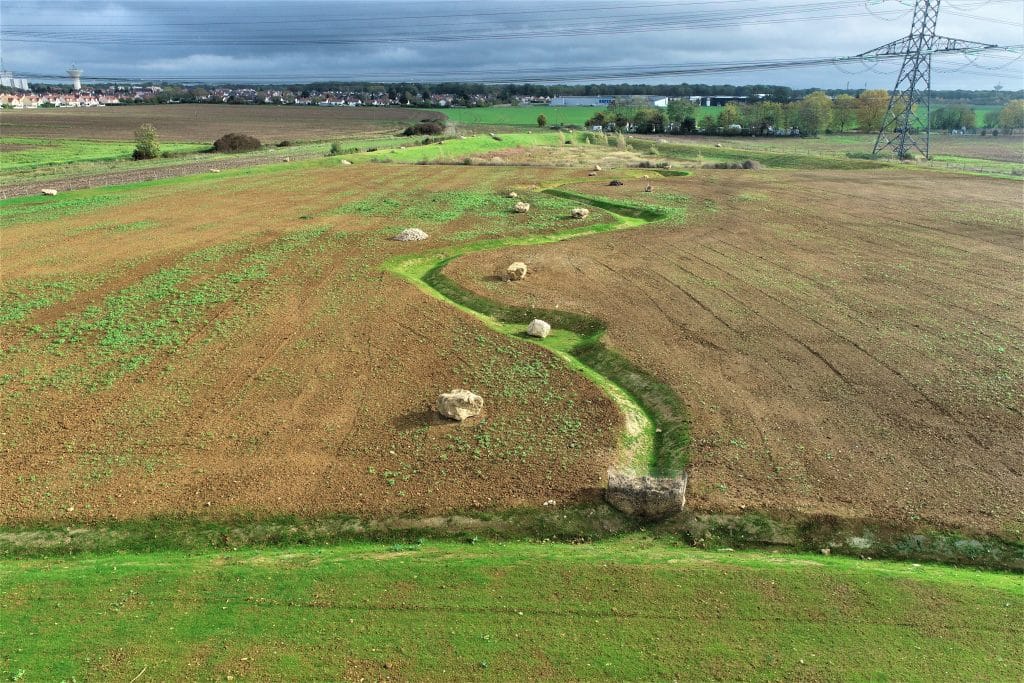
Assessing the quality of renaturation
The assessment of how biodiversity is taken into account in our projects measures changes between the initial situation and the projected situation. This assessment was designed in partnership with Ecoter, an ecology consultancy. It is based on the following criteria:
- Habitat functionality: the aim is to determine whether the habitats present shelter or are likely to shelter plant and animal species. And whether they can cover all or part of their life cycle.
- Consistency with the surrounding environment: to what extent are the habitats of the developed area consistent with the site’s surroundings.
- Heritage value of the site: this is a function of the rarity of the habitat and its species, the degree of threat to them and their protection status.
- Ability of the site to host threatened or near-threatened species.
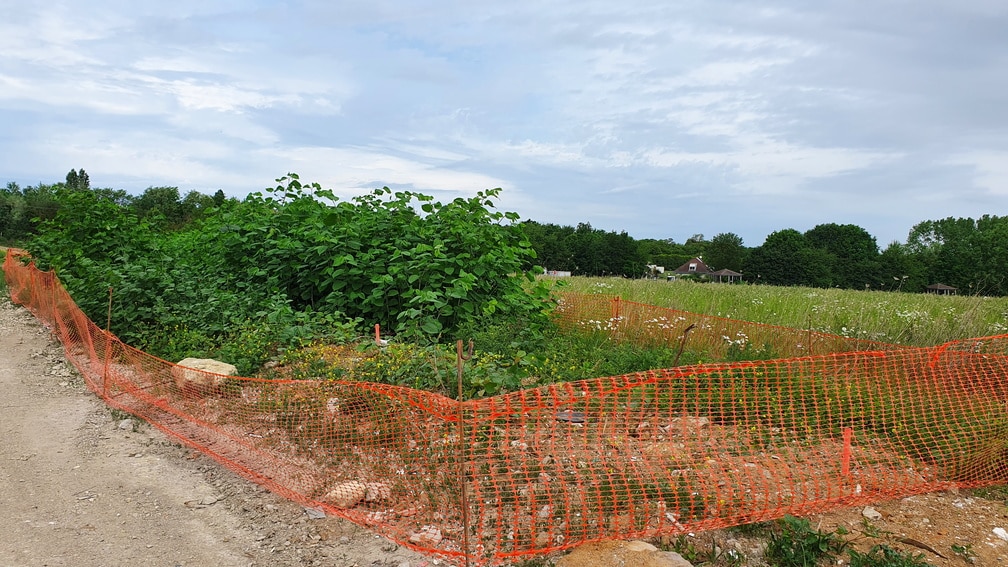
Integrating the French Biodiversity Standard into the ISO 14001 environmental management system
Since 2021, ECT’s ISO 14001 environmental management system has incorporated the methodology of French Standard X32-001 Biodiversity. This standard guides organizations in their efforts to reduce their biodiversity footprint. It is part of a global drive to combat the erosion of biodiversity.
The application of This standard has enabled us to take stock of ECT’s dependence on and impact on biodiversity. The adoption of this standard has led to the implementation of concrete, time-bound and quantified objectives, which are also part of the Entreprise Engagée pour la Nature (Enterprise Committed to Nature) approach.
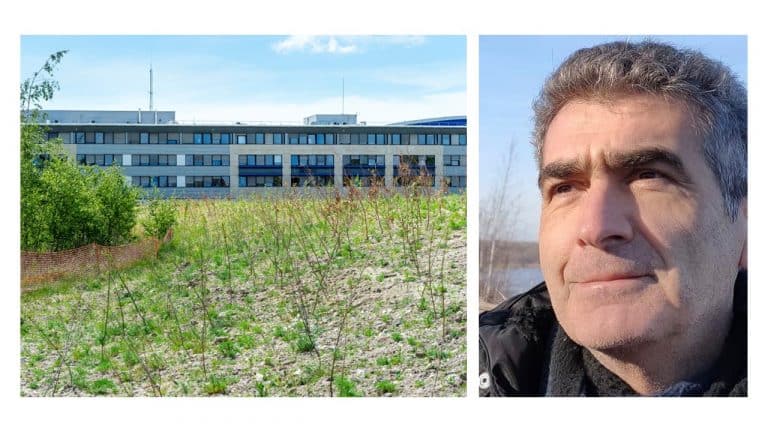
3 questions for Guillaume Lemoine, land development manager for the Hauts-de-France region and ECT biodiversity consultant
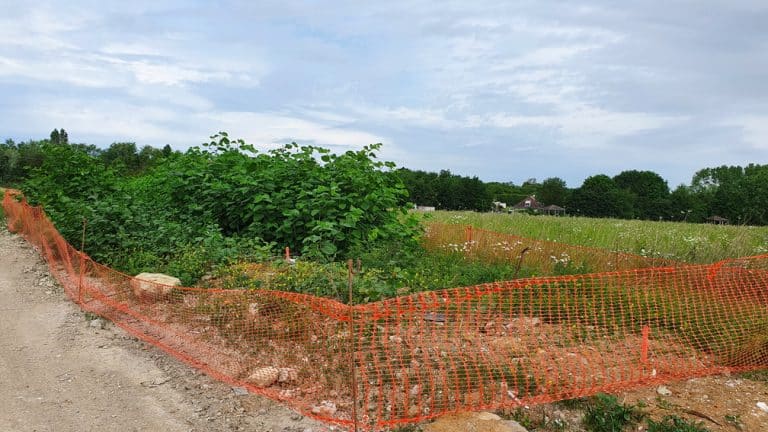
Biodiversity: 5 priority actions to combat invasive alien species
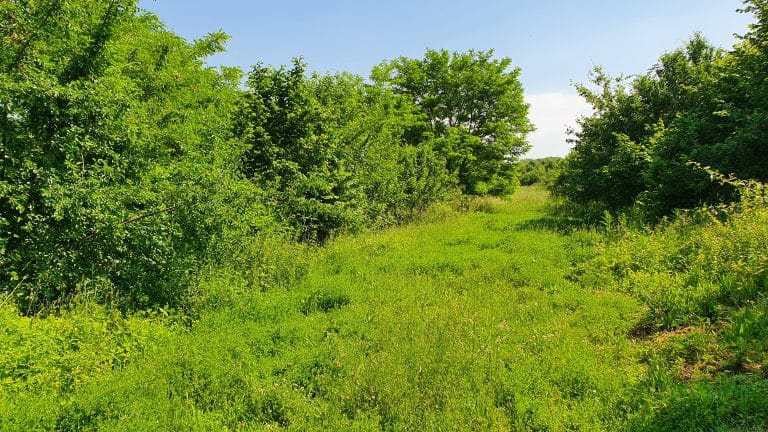
2 new ECT sites join Humanité et Biodiversité’s Oasis Nature network
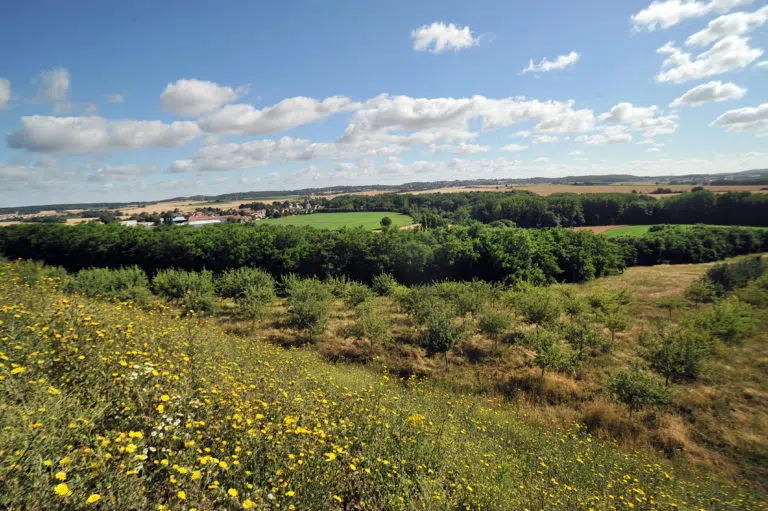
ECT joins Humanité & Biodiversité’s “Oasis Nature” network
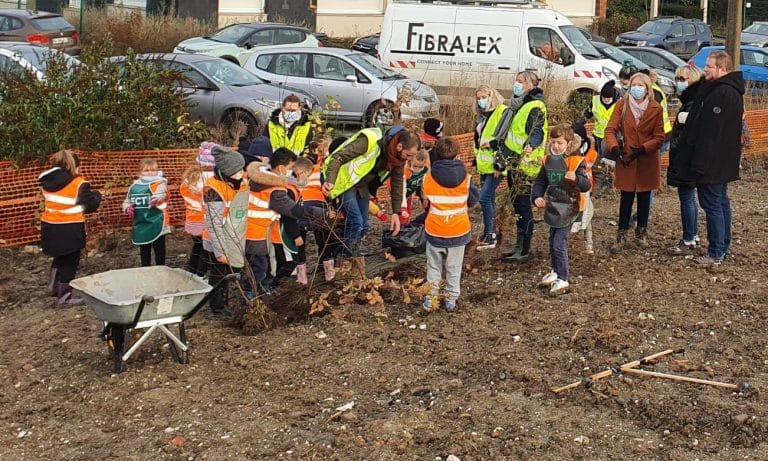
In Lens (62), children plant the future forest
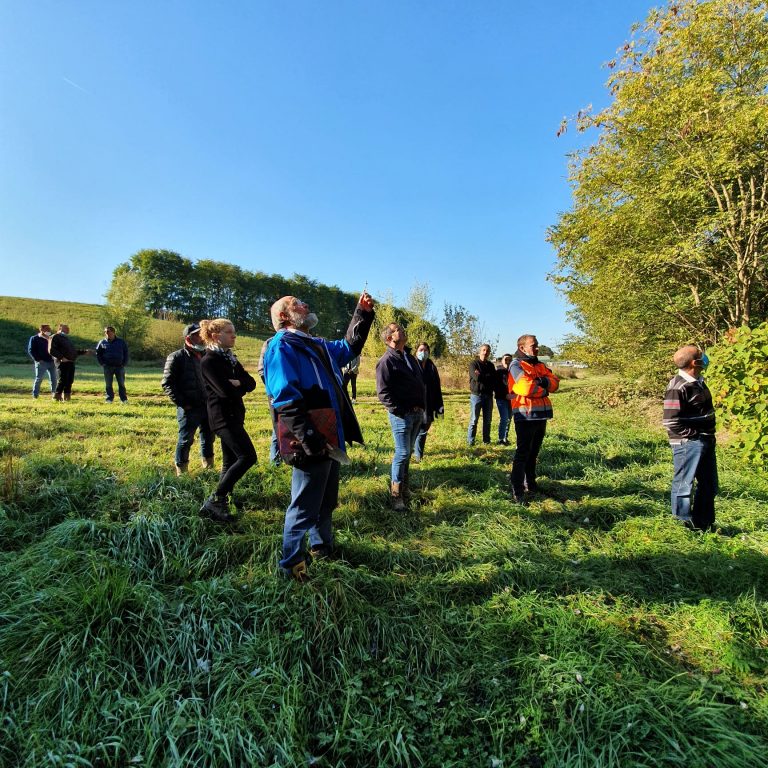
Humanité & Biodiversité raises awareness of biodiversity among ECT employees
